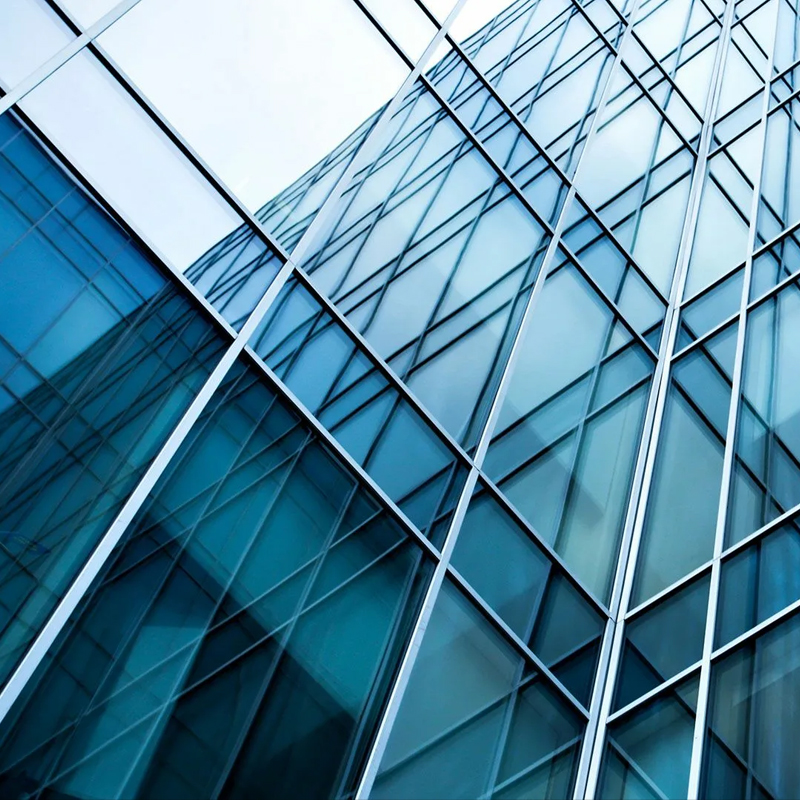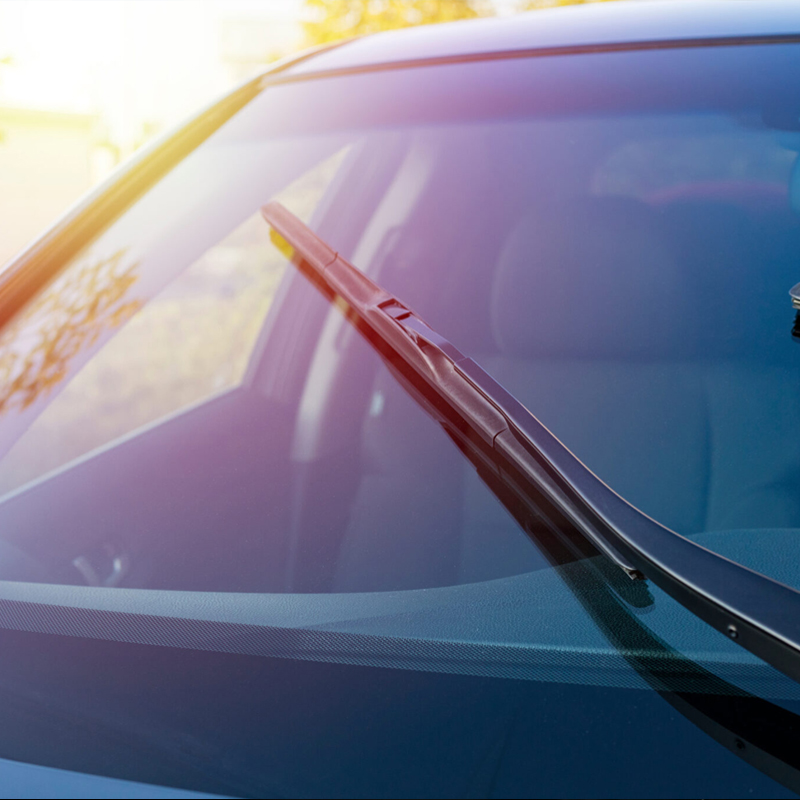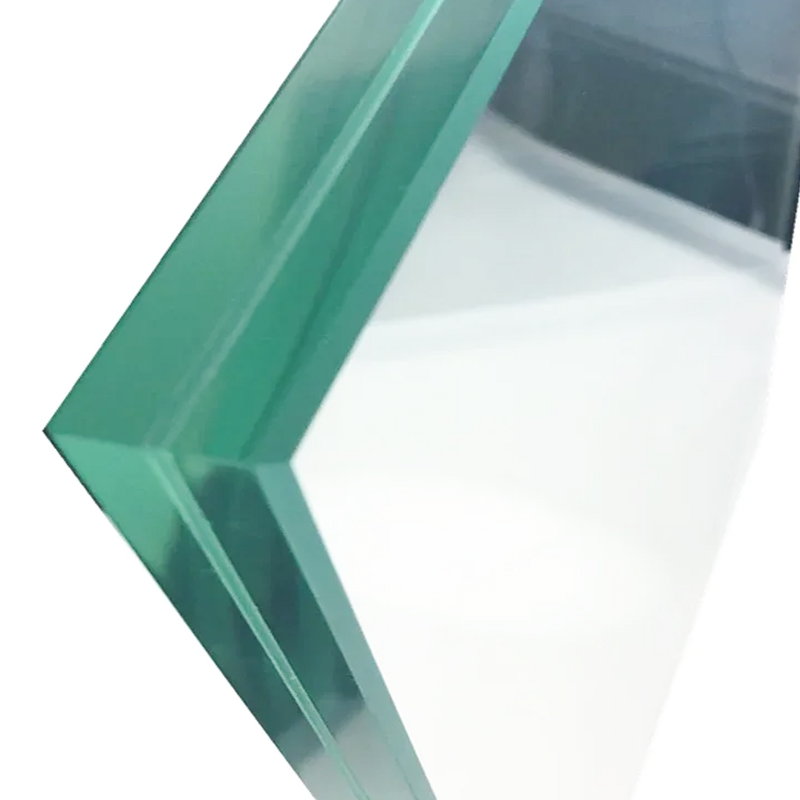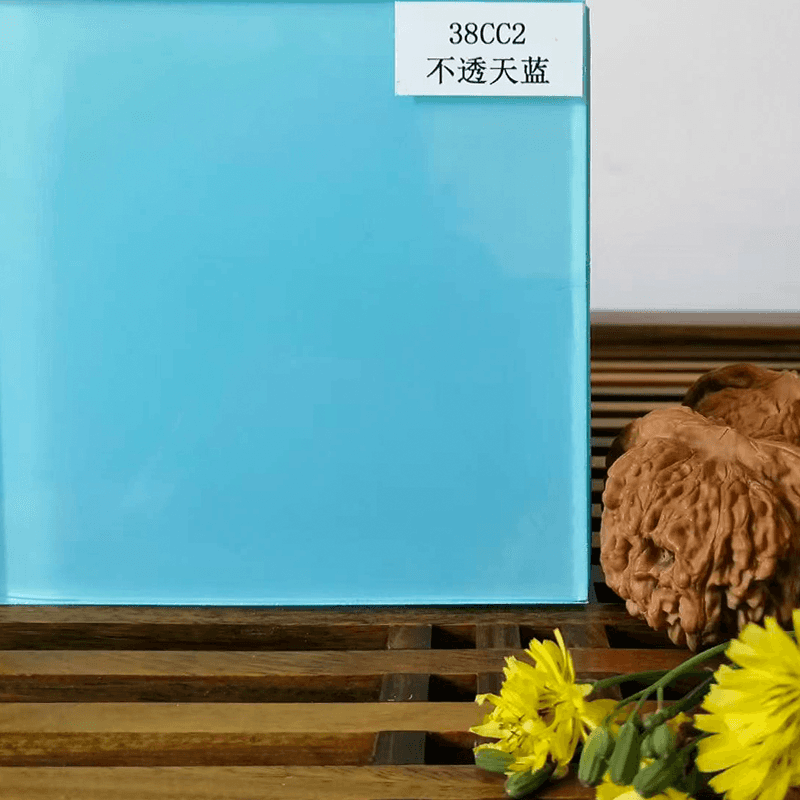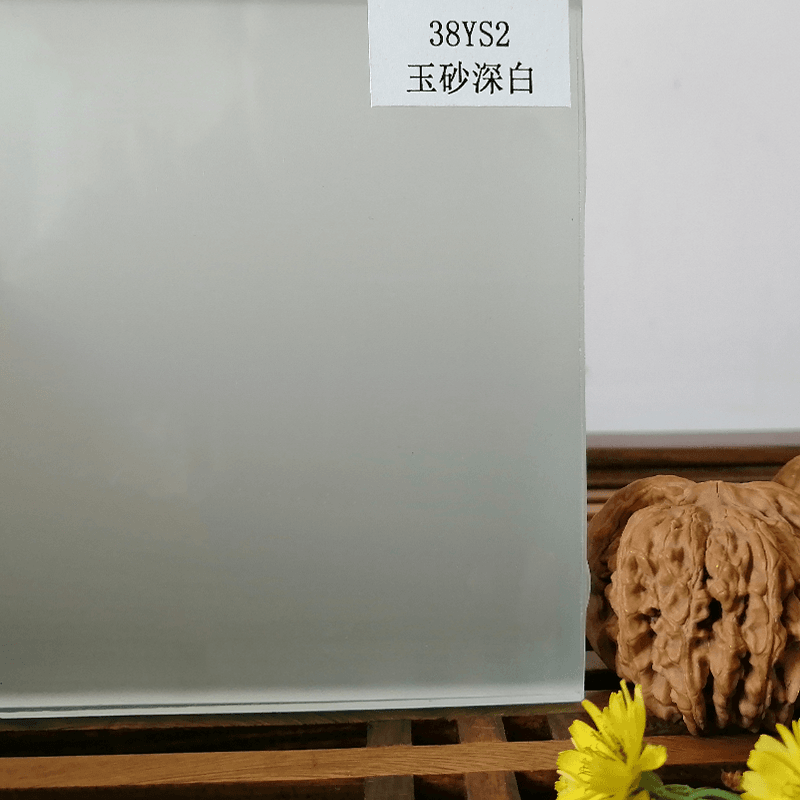language
Polyvinyl butyral (PVB) resin is the primary raw material for the production of PVB film, belonging to the field of thermoplastic polymer materials. After more than half a century of development, PVB film, with its excellent optical properties, high and low temperature resistance, mechanical properties, and excellent adhesion to inorganic glass, has become an essential raw material for the production of various types of safety glass. When subjected to strong external impact, PVB film absorbs the impact energy without shattering. In addition to its safety properties, PVB film has recently been developed with features such as sound insulation, light control, heat insulation, color change, anti-fog, privacy protection, and theft prevention. It is an ideal material for safety glass processing and is widely used in the automotive and construction industries.
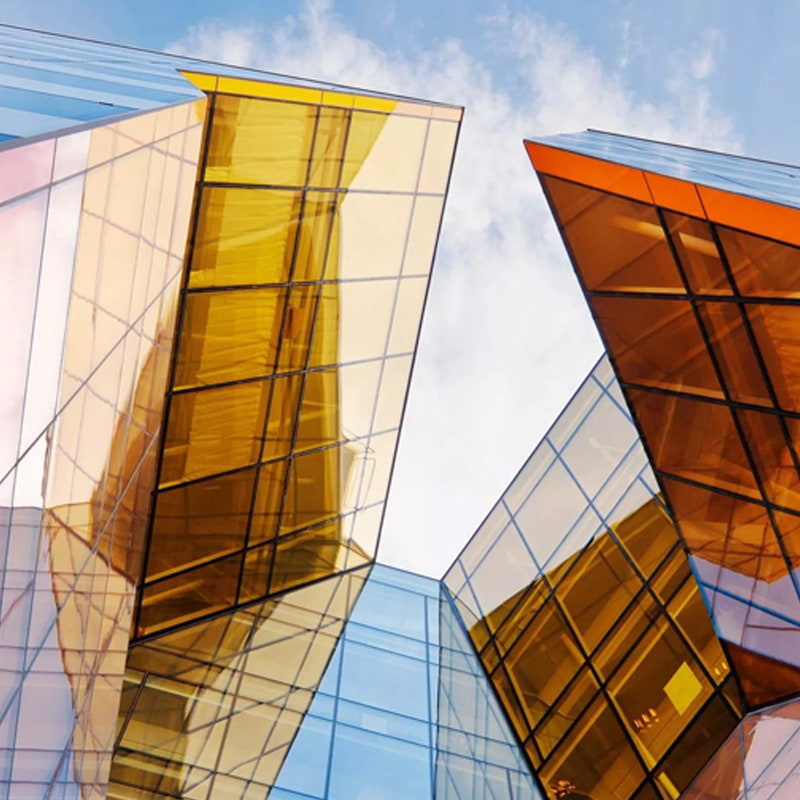
With resource depletion and environmental pollution, the development of new sustainable energy storage and conversion technologies is urgent. Against this backdrop, the photovoltaic industry is gradually emerging. As a transparent adhesive film for photovoltaic module encapsulation, a cross-linked ethylene-vinyl acetate (EVA) system is often used. However, a disadvantage of this system is that during the curing process, corrosive substances such as acid are often released, which can damage the photosensitive semiconductor layer. In addition, EVA has weak aging resistance and its service life does not match the module. Moreover, yellowing of EVA will affect the power generation of the module system. PVB film, on the other hand, is a non-cross-linked thermoplastic that exhibits higher penetration resistance and better fracture resistance. This meets the requirements for laminated safety glass for the integration of glass curtain walls or roof elements. As a solar cell encapsulation material, the mechanical properties of PVB are fully capable of meeting the safety requirements of photovoltaic modules.

